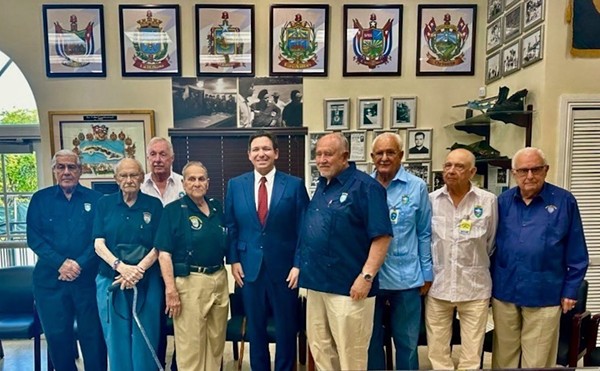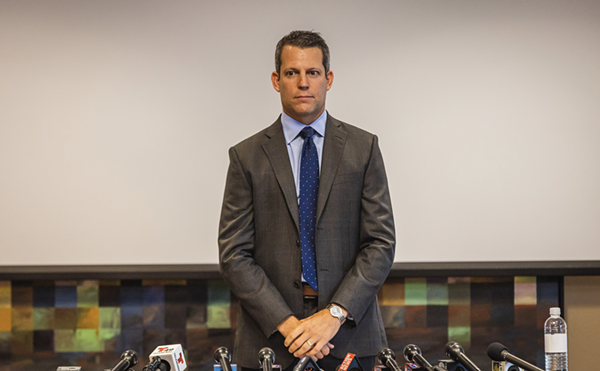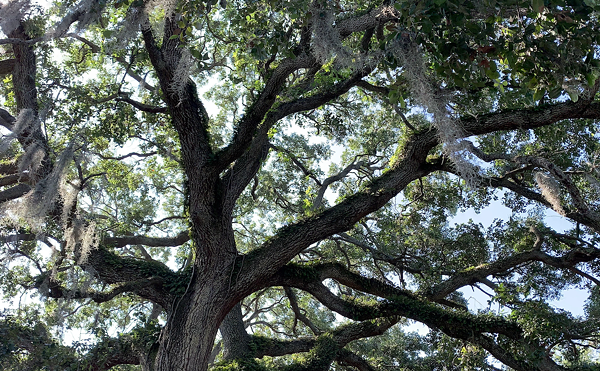Alan Parsons has spent so much time behind the scenes, it shouldn’t be surprising so few people know who he is after the initial flash of name recognition. Hell, I must’ve told a dozen people I interviewed him, and the responses were variations on the theme of “Cool, Alan Parsons. Who is he again?”
Parsons is the seminal UK producer who started his career at Abbey Road Studios, spent his first several years there learning tricks of the trade on albums like The Beatles’ Abbey Road, and eventually engineered Pink Floyd's enduring classic, Dark Side of the Moon, and helped pioneer some of the era’s most advanced studio recording techniques.
He applied his advanced skills to his work in Alan Parsons Project, which he formed with late co-collaborator Eric Woolfson in the mid-1970s. Between 1976 and 1987, they released 10 artfully composed prog rock LPs inspired by anything from the stories of Edgar Allen Poe to the pyramids of Giza, and each album featured a cast of guest musicians and vocalists suited to the pair’s vision. Despite charting hits that earned them a spot in the classic rock pantheon — “Time,” “Eye in the Sky,” “Wouldn’t Wanna Be Like You,” “Games People Play,” “Sirius” — APP never toured. By the time Parsons had the technology available to properly reproduce the albums in a live setting, Woolfson (who passed away in 2009) had turned to musical theater and wasn’t interested in reviving his role as rock musician. But he was happy to let Parsons take their songs on the road as Alan Parsons Live Project, which has been sporadically active since the 1990s and hits Clearwater this Friday on the only symphonic date this tour.
Parsons, now 65, has settled in California, where he continues to produce his own music as well as select works of other artists, like Jake Shimbukaro’s 2012 album, The Grand Ukulele, and the latest solo LP from Porcupine Tree’s Steven Wilson, The Raven That Refused to Sing (And Other Stories), out Feb. 25. He also offers lectures and classes driven by his 2010 Billy Bob Thornton-narrated three-disc DVD set, The Art & Science of Sound Recording.
We discussed his long studio history during our 20-minute conversation beginning with his early days working at Abbey Road. Check it out below.
At the time, were you at all intimidated working with such big name artists?
Alan: Not so much intimidated, but certainly in awe. I mean, it's not everybody in the world who gets to work with The Beatles, Pink Floyd and so on. It was really good times, but I wouldn't say intimidating, I would say, I just couldn't believe I was being paid to do this job, it really was an amazing experience.
Was there any indication of that what you were doing would have such a long-lasting impact?
Well, it was fairly etched in stone that everything The Beatles touched would do well. Pink Floyd had had a degree of success before Dark Side of the Moon, and I think we recognized at the time we were making Dark Side that it was their best work to date, but I didn’t honestly believe I would still be talking about it 40 years on.
Do you think the lack of technology meant you had to be more creative in figuring out just how to get certain sounds you wanted from tape?
You hit the nail on the head there. Tape was really the only means of getting effects as well as the medium to record. We didn't have digital electronics back then. All we had was, essentially, mechanical echo devices — echo chambers — and tape to use as delays or as a flatback or as a looped effect. You had to really scratch your head to think of anything that hadn't been done before … You could make things distort and then feed it through the delay or the echo, but there were only so many things you could dream up.
There was, extra effort put into creating a sound, and that effort was part of the fun, I think — making an effort to get something new that hasn't been done before. Nowadays it’s so much easier because you just plug in a digital box and you've got 1,000 sounds at your disposal.
Do you think that inhibits creativity at all?
It depends whose hands it's in. In the hands of the right people, anything can work, but I just think it was more was more challenging then. The process of fighting to get a good sound was rewarded by the quality of the sound. It could be argued that it's easier to get a good sound these days, but there are still an awful lot of records out there that just don't sound good.















